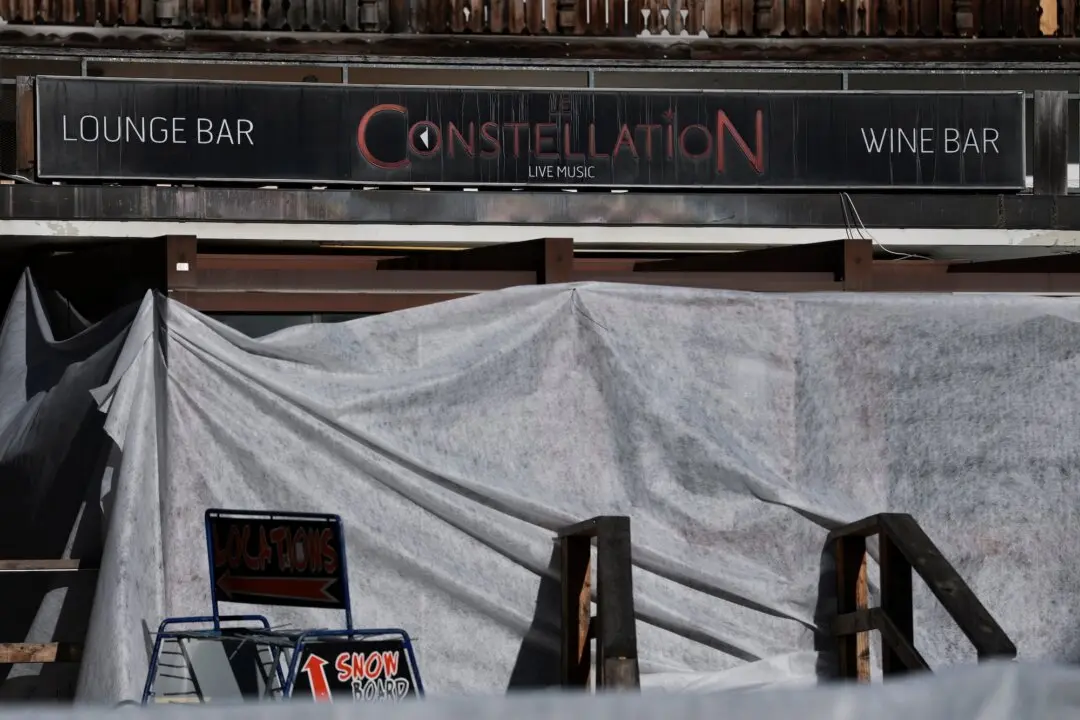Apple on Aug. 13 provided new details of how its planned child sexual abuse material (CSAM) detection system would work, outlining a range of privacy-preserving limits following backlash that the software would introduce a backdoor that threatens user privacy protections.
The company addressed concerns triggered by the planned CSAM feature, slated for release in an update for U.S. users later this year, in a 14-page document (pdf) that outlined safeguards it says it will implement to prevent the system on Apple devices from erroneously flagging files as child pornography, or being exploited for malicious surveillance of users.





